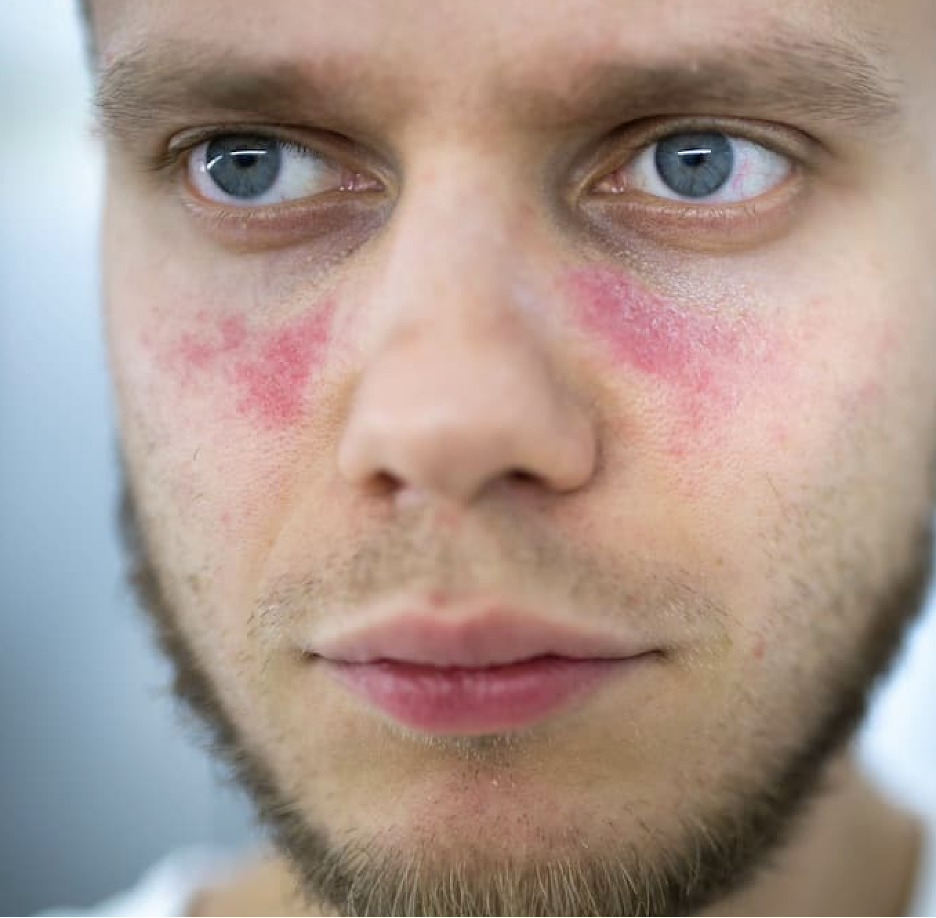Article
Serving up a Pain Free Tennis Swing
Training and ergonomic advice are more effective than anti-inflammatory drugs and cortisone injections in treating tennis elbow.
Training and ergonomic advice are more effective than anti-inflammatory drugs and cortisone injections in treating tennis elbow, according to a thesis presented at the University of Gothenburg, Sweden. They also give fewer side effects.
The thesis describes, among other topics, the selection of treatment by healthcare personnel, their experiences when treating patients with tennis elbow, and the results from a training program for tennis elbow. Healthcare personnel in Halland, including GPs, orthopedic surgeons and physiotherapists, replied to a questionnaire.
"It became clear that treatment with medication has side effects in many cases. Most side effects were reported from just those treatments that are often the treatment of choice for tennis elbow by GPs, which are cortisone injections and anti-inflammatory drugs", said Pia Nilsson, physiotherapist and scientist at the Sahlgrenska Academy, in a press release.
She has also studied the results from a new structured training program for tennis elbow. Seventy-eight patients were included in the first pilot study, which lasted for four months, while 297 patients took part in the follow-up study, which was carried out two years later. Their treatment involved following a home-training program in order to build up strength in the elbow muscles. The patients need to increase their strength, since these muscles are fixed to the hand. This means that a patient's grip strength becomes weaker when these muscles are weakened.
This can lead to the patient experiencing difficulty in his or her work, and being forced to take sick leave. Pia Nilsson explains that ergonomic advice can enable the patient to adapt to any difficulties at work, and many can continue to work with the aid of wrist support.
"It may be painful at night since many people sleep with a bent elbow, leading to difficulty straightening it in the morning. The bending of the elbow can be prevented with a simple night bandage and this facilitates the healing of the muscles", Pia Nilsson said. She continues: "A treatment program designed by a physiotherapist and occupational therapist together reduces the patients' pain, increases the function of the elbow and hand, and reduces the duration of sick leave. This program heals tennis elbow better than cortisone injections. The method can provide benefits to the patient, the employer and society in general."
Lateral epicondylalgia, popularly known as "tennis elbow," is a common muscular disease. It follows from overloading the muscle attachment on the outer surface of the elbow, leading to pain and tenderness. Several treatments are now available, such as anti-inflammatory drugs, cortisone injections in the muscle attachment point, and acupuncture.
Sources: University of Gothenburg, AlphaGalileo Foundation
--
Does this contradict what you know about tennis elbow and how you have been treating the condition?

Real-World Study Confirms Similar Efficacy of Guselkumab and IL-17i for PsA



